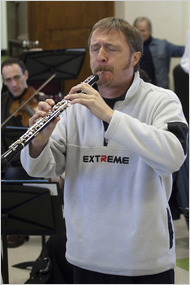 Three thoughts today aimed at three different audiences:
Three thoughts today aimed at three different audiences:
1. For all you teetotalers out there: I am impressed with the amount of interest that my blog post of a couple of days ago about arts reviewers’ drinking habits has generated. One person wrote this morning to say that critics should behave like any professional would, and abstain from drinking a drop on the job. But have you ever heard of a businessman’s lunch that didn’t include at least one glass of wine if not an entire bottle?
2. For all you circus fans out there: I experienced Cirque du Soleil‘s latest touring production, Ovo, in San Francisco last night at the start of its travels. Of course the acrobatics and clowning are pretty flawless. And I saw a couple of acts I’d never seen before, including the heart-stopping combination climbing wall/trampoline finale. The free popcorn and half-time cupcakes with blue and orange frosting were a lovely bonus. And The insect-themed costumes were glorious. But all in all I found the experience to be tiring. The show was about half an hour too long. And the music, which at one point mashed Beethoven’s Symphony Number 5 against “La Cucaracha”, made my stomach lurch.
3. For all you oboists out there: As an oboist, I was thrilled to read Daniel Wakin’s coverage of a recent oboists’ get-together in New York in The New York York Times. (See picture of the event’s biggest star, Berlin Philharmonic principle oboist Albrecht Mayer, above.) Fame at last! The article makes our weird breed of midnight reed scrapers and ducky honkers feel like rockstars.

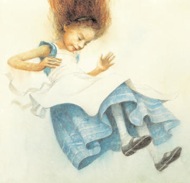
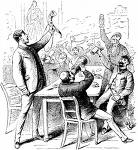 An
An 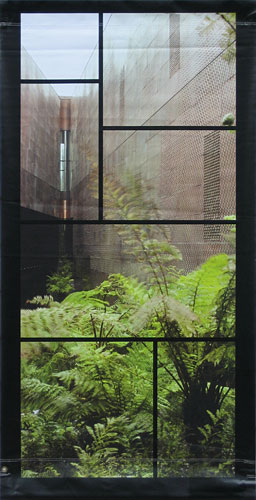 Like many cities in the US, San Francisco’s streets are lined with colorful banners advertising various cultural organizations and events. I wouldn’t be surprised if many people in this city owe their knowledge of the existence of The New Century Chamber Orchestra and the Disney Family Museum to the flying banners bearing the names of these organizations strapped to the tops of lampposts around town.
Like many cities in the US, San Francisco’s streets are lined with colorful banners advertising various cultural organizations and events. I wouldn’t be surprised if many people in this city owe their knowledge of the existence of The New Century Chamber Orchestra and the Disney Family Museum to the flying banners bearing the names of these organizations strapped to the tops of lampposts around town. During one of the brief entr’acte pauses in yesterday afternoon’s performance of Otello at
During one of the brief entr’acte pauses in yesterday afternoon’s performance of Otello at  The Great Dickens Christmas Fair
The Great Dickens Christmas Fair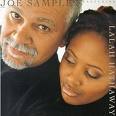 Joe Sample and Lalah Hathaway
Joe Sample and Lalah Hathaway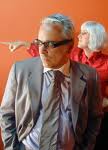 The Bald Soprano
The Bald Soprano Sing-a-Long Sound of Music
Sing-a-Long Sound of Music Ari Marcopoulos – Within Arm’s Reach
Ari Marcopoulos – Within Arm’s Reach


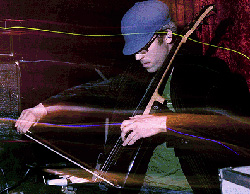 Cellos generally used to be found in orchestras and chamber music groups. But these days, the instrument seems to be appearing increasingly in other musical settings. And what’s really interesting about the advent of the cello on the bluegrass, electronica, folk and rock scenes is that the instrument is being played like it’s part of the percussion / rhythm section rather than the string section.
Cellos generally used to be found in orchestras and chamber music groups. But these days, the instrument seems to be appearing increasingly in other musical settings. And what’s really interesting about the advent of the cello on the bluegrass, electronica, folk and rock scenes is that the instrument is being played like it’s part of the percussion / rhythm section rather than the string section. I’m getting really tired of going to the theatre and witnessing plays that take pot shots at the most obvious people. Tony Kushner’s series of rambling, politically-slanted short plays currently playing at
I’m getting really tired of going to the theatre and witnessing plays that take pot shots at the most obvious people. Tony Kushner’s series of rambling, politically-slanted short plays currently playing at 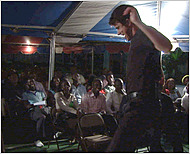 The San Francisco-based theatre artist Dan Hoyle’s
The San Francisco-based theatre artist Dan Hoyle’s 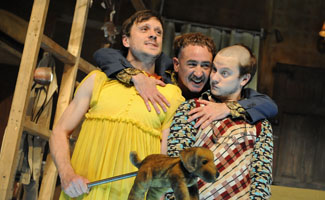 There are a few elements in Irish dramatist Enda Welsh’s play The Walworth Farce — currently on tour in the US in a
There are a few elements in Irish dramatist Enda Welsh’s play The Walworth Farce — currently on tour in the US in a  If a comet were to crash into the Earth, it would make quite a dent.
If a comet were to crash into the Earth, it would make quite a dent.